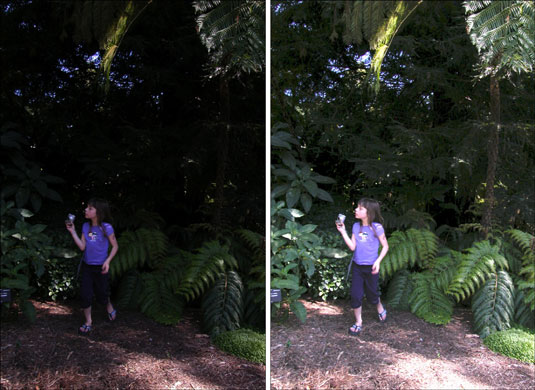Hello ladies and gents this is the Viking telling you that today we are talking about
Easy Tips and Tricks for Better Smartphone Photos
For many, phones have completely replaced dedicated digital cameras, but even pros reach for their iPhones or Samsung Galaxy phones to snap images from time to time. Here's how to take better pics with your smartphone.
Your smartphone is always with you, a constant companion that can connect to the web to look up any tiny nugget of trivia, and generally keep you in constant contact with the outside world. It's one of the key items you grab before leaving the house, and the last time you (probably) turned it off was at the movie theater.
This also makes your phone your take-everywhere, shoot-anything digital camera. Just a few short years ago, making images and video with smartphones was a compromise, with poorer image quality but a heck of a lot more convenience than a good point-and-shoot camera.
But times have changed and phone cameras have gotten better and better. The latest models offer superior imaging and video to budget point-and-shoot cameras, and offer nifty software tricks to blur backgrounds, just like an SLR and f/2 or f/1.4 lens
Check out these tips to get the best images you can get from your phone. But remember, even with the latest tech, phones aren't as versatile imaging tools as modern interchangeable lens cameras.
Look for the Light

Smartphones have very bright lenses, but sensors are much smaller than you find in a premium compact camera with a 1-inch sensor like the Canon PowerShot G7 X Mark II. That gives them a distinct disadvantage in image quality in dim lighting. To get the best shots, look for opportunities where your phone's sensor can shine. If you're indoors, try to set up your shot so there's light falling on your subject—some window light will do more to improve your photos than a new phone or camera. It's always a better option to find good light as opposed to using your phone's underpowered LED flash.
Adjust Exposure

Smartphone : Exposure Compensation
Smartphones are the modern point-and-shoot, but the apps that run their cameras typically offer some level of manual control. The most basic adjustment you can make is exposure—brightening or darkening a scene—and using it effectively can turn a bland image into a head-turner. Use it to brighten the shot of your fancy dinner to make it perfect for Instagram, or to darken shadows in a portrait for a more dramatic look.
The feature isn't always labeled the same. On an iPhone you'll want to drag the sun icon, to the right of the focus confirmation box, up to brighten an image or down to darken it. Android phones typically have the more traditional +/- icon for exposure adjustment.
Turn On Your Grid

How to Take Better Photos With Your Smartphone-selfie
Pro SLRs typically have framing grids in the viewfinder window to help you better square up shots and conform to compositional guidelines like the rule of thirds.
You can turn on the same thing in your phone's camera app. Adding a grid line gives you help in keeping the horizon straight and is a big plus for portraits in front of famous landmarks. With the notable exception of the Leaning Tower of Pisa, it's generally a good idea to keep upright structures perfectly vertical in your photos.
And as always have a chilled day from the Viking
Comments
Post a Comment